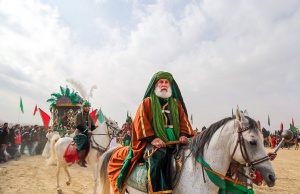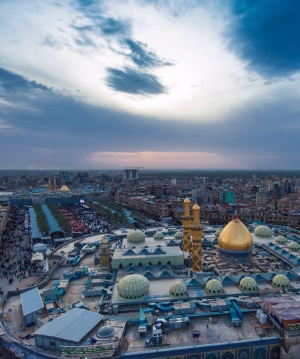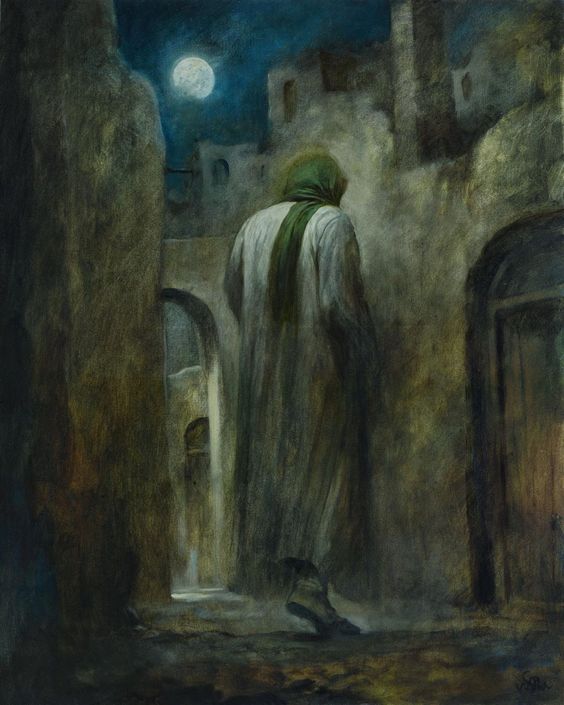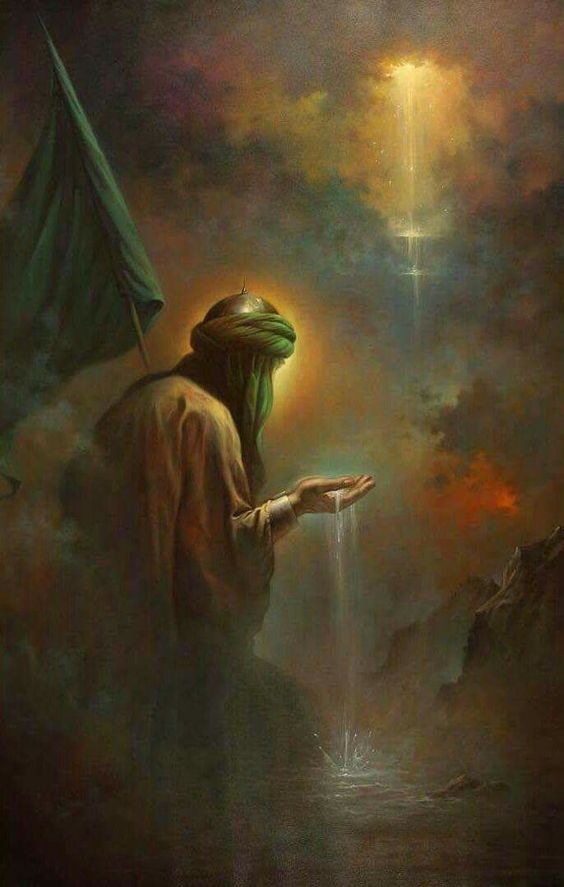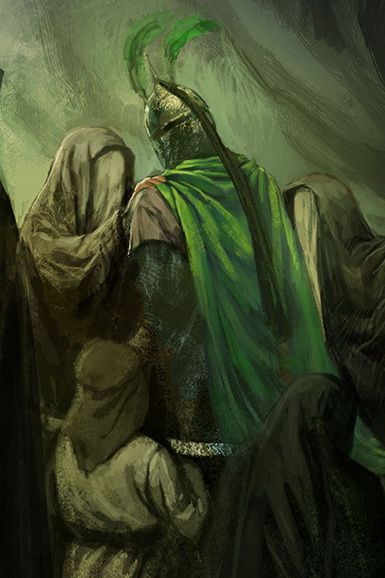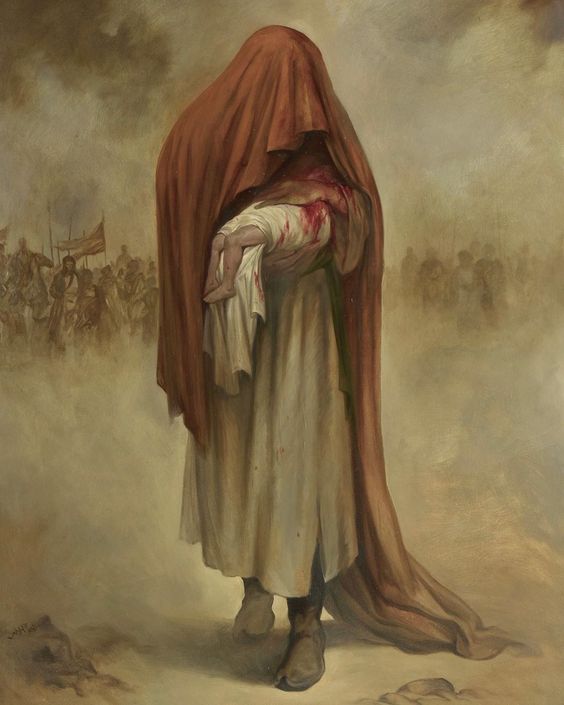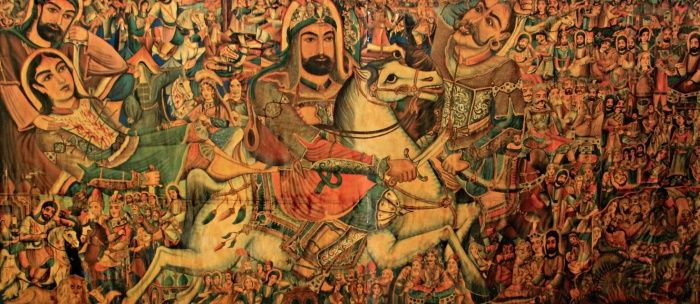- Who was the youngest martyr of Karbala?
- When did the Ziarat Arba’een date back?
- Why did Imam Hasan abdicate the Caliphate to Muawiya?
- How many people were killed during Wahhabis’ attack at Karbala?
- In Ta’ziya (pictured), who is shown testing and training Ali al-Akbar before the Battle?
- Is Ashura considered a day of fasting by Sunnis?
- How many of martyrs of Karbala were descendants of Banu Hashim?
Main Page: Difference between revisions
No edit summary |
No edit summary |
||
| Line 10: | Line 10: | ||
| link 6 = [[An Enchanted Modern|Cultural Studies]] | | link 6 = [[An Enchanted Modern|Cultural Studies]] | ||
}}<div class="first-column-container">{{Featured Index | }}<div class="first-column-container">{{Featured Index | ||
| image= | | image=Shrine_of_Muslim_b._Aqil.jpg | ||
| imagesize = 350px | | imagesize = 350px | ||
| text = [[ | | text = [[Muslim b. Aqil b. Abi Talib]] (d. 60/680) was a leading supporter of Imam Hussain. He was sent to Kufa as a representative of Imam Hussain in order to measure the extent of Kufan support for the Prophet’s grandson and to make sure that people of Kufa are truthful in their invitation of the Imam. In a report to the Imam, he confirmed that Kufans were prepared for the Imam's arrival. | ||
Fearful of increasing Kufan supports of Imam Hussain, Yazid appointed Obayd-Allah Ibn Ziad as the new governor of Kufa to frighten people and force them to leave Muslim. Finally, Muslim was arrested and executed in the day of ‘Arafa. The story of Muslim being left alone and his martyrdom in Kufa is a recurring theme of Rawza recited by the Shi'as. | |||
[[ | [[Muslim b. Aqil b. Abi Talib|Full Article...]] | ||
}}{{did you know | }}{{did you know | ||
| image =Ta'ziya in Arba’een.jpg | | image =Ta'ziya in Arba’een.jpg | ||
Revision as of 14:04, 17 July 2021
Welcome to Wikihussain
Article choisi
 Muslim b. Aqil b. Abi Talib (d. 60/680) was a leading supporter of Imam Hussain. He was sent to Kufa as a representative of Imam Hussain in order to measure the extent of Kufan support for the Prophet’s grandson and to make sure that people of Kufa are truthful in their invitation of the Imam. In a report to the Imam, he confirmed that Kufans were prepared for the Imam's arrival.
Fearful of increasing Kufan supports of Imam Hussain, Yazid appointed Obayd-Allah Ibn Ziad as the new governor of Kufa to frighten people and force them to leave Muslim. Finally, Muslim was arrested and executed in the day of ‘Arafa. The story of Muslim being left alone and his martyrdom in Kufa is a recurring theme of Rawza recited by the Shi'as.
Full Article...
Muslim b. Aqil b. Abi Talib (d. 60/680) was a leading supporter of Imam Hussain. He was sent to Kufa as a representative of Imam Hussain in order to measure the extent of Kufan support for the Prophet’s grandson and to make sure that people of Kufa are truthful in their invitation of the Imam. In a report to the Imam, he confirmed that Kufans were prepared for the Imam's arrival.
Fearful of increasing Kufan supports of Imam Hussain, Yazid appointed Obayd-Allah Ibn Ziad as the new governor of Kufa to frighten people and force them to leave Muslim. Finally, Muslim was arrested and executed in the day of ‘Arafa. The story of Muslim being left alone and his martyrdom in Kufa is a recurring theme of Rawza recited by the Shi'as.
Full Article...
